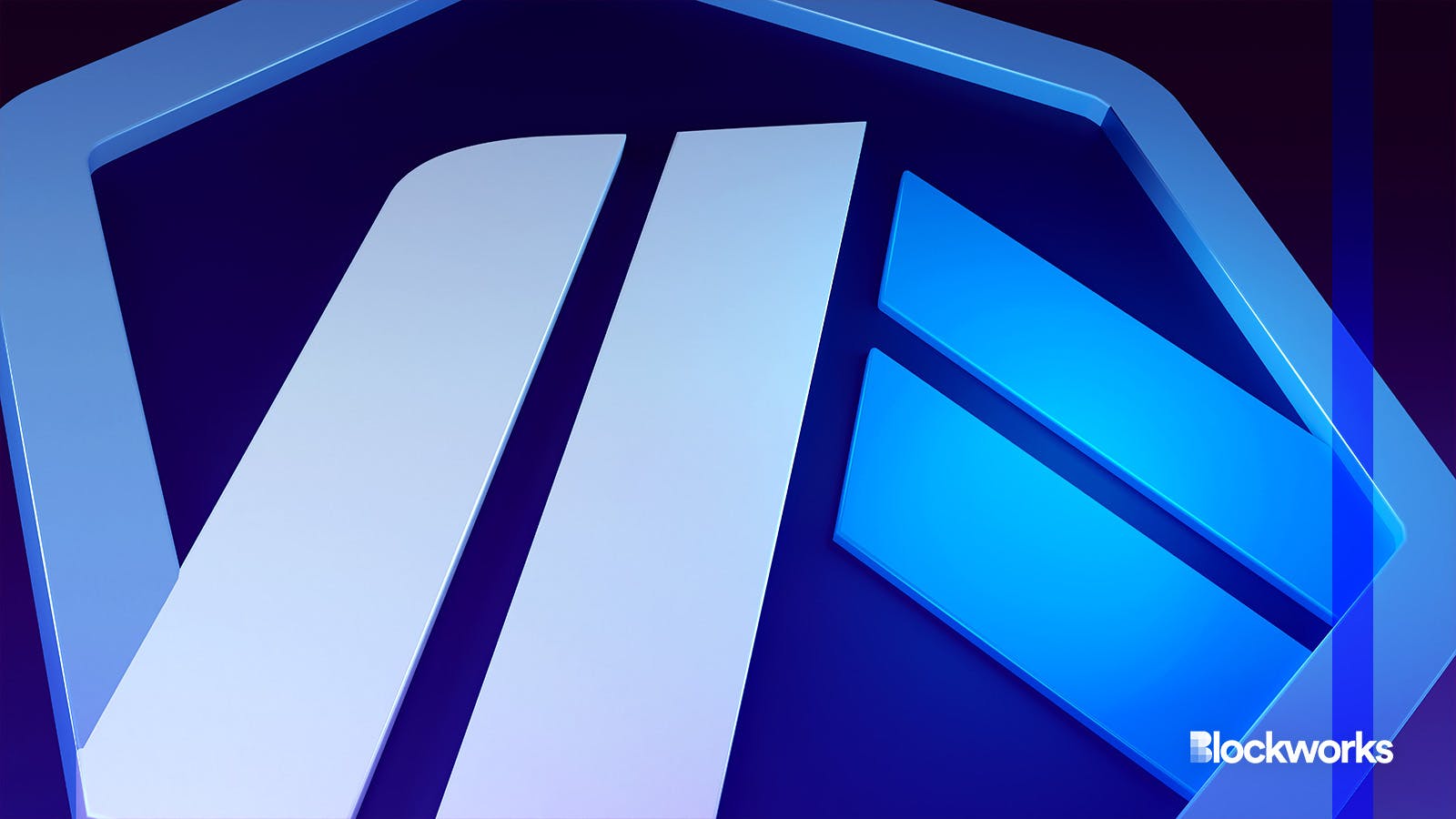Arbitrum proposes $85M grant program led by council and advisers
The prominent layer-2 is spending on growth from its now $7 billion treasury

CryptoFX/Shutterstock modified by Blockworks
For the third time in the past five months, Arbitrum may be disbursing tens of millions of dollars worth of its native token to incentivize usership and development on the layer-2.
The DAO passed an initial Snapshot vote on Tuesday to fund a “long term incentives program” with 45.8 million arbitrum (ARB), worth nearly $90 million at current prices. The project would have a five-person council pre-screen to grant recipients and hire three advisers to provide projects with feedback on their grant proposals.
The plan is subject to a second Tally vote before being ratified.
Arbitrum held a public-facing contest in October for allocations from a $44 million “short term incentives program.” In November, it extended the first round of incentives by spending an additional roughly $20 million ARB to “backfund” applicants whose proposals passed but missed out on funding due to a tiebreaker.
Read more: $88M in Arbitrum grant proposals are competing for a $44M pot
Projects funded by Arbitrum’s incentives program mostly grew across the board in total value locked (TVL), volume, fees and daily active users (DAUs) after receiving funding, according to an OpenBlock dashboard. However, the crypto market increased as a whole during that time frame, so it’s likely too early to draw conclusions about the funds’ effectiveness.
Notably, the new grant round proposed this week would distribute fewer ARB tokens than the first round, but with roughly double the fiat value. During the first round in October and November 2023, Arbitrum fluctuated around $1. Now, ARB has traded above $2 for much of January as investors pursued ether-related tokens in the lead-up to bitcoin spot ETF approval, according to a Kaiko Research note.
Arbitrum’s war chest has also grown considerably. Its treasury value has ballooned to $7 billion in value from $3 billion in October 2023, according to DeepDAO. ARB lacks the market depth to absorb most of this value, though, so the DAO doesn’t have all those billions in spending power.
The primary difference between this grant round and the last one — aside from the larger ARB pot — is the creation of a council and advisers who would vet grant applicants, preventing governance fatigue on the part of Arbitrum delegates. Elections for proposed members of the council and advisers are already underway on Snapshot.
Read more: 3 DAO governance trends to watch in 2024
This council was initially going to decide on grant recipients itself, but the role was amended to deciding on which projects should advance to a community vote, following complaints from the DAO.
Even with the amendments, Arbitrum delegate SEEDLatam voted against the proposal, writing in the DAO’s forum, “I think we have to develop a program that seeks more involvement from the delegates and relies less on centralized committees.”
They were in the minority, though. Nearly 97% of votes went in support of funding the new incentives program.
Disclaimer: Blockworks Research, independent of Blockworks editorial team, is currently applying for Arbitrum’s new, long-term incentives program.
Get the news in your inbox. Explore Blockworks newsletters:
- The Breakdown: Decoding crypto and the markets. Daily.
- 0xResearch: Alpha in your inbox. Think like an analyst.






